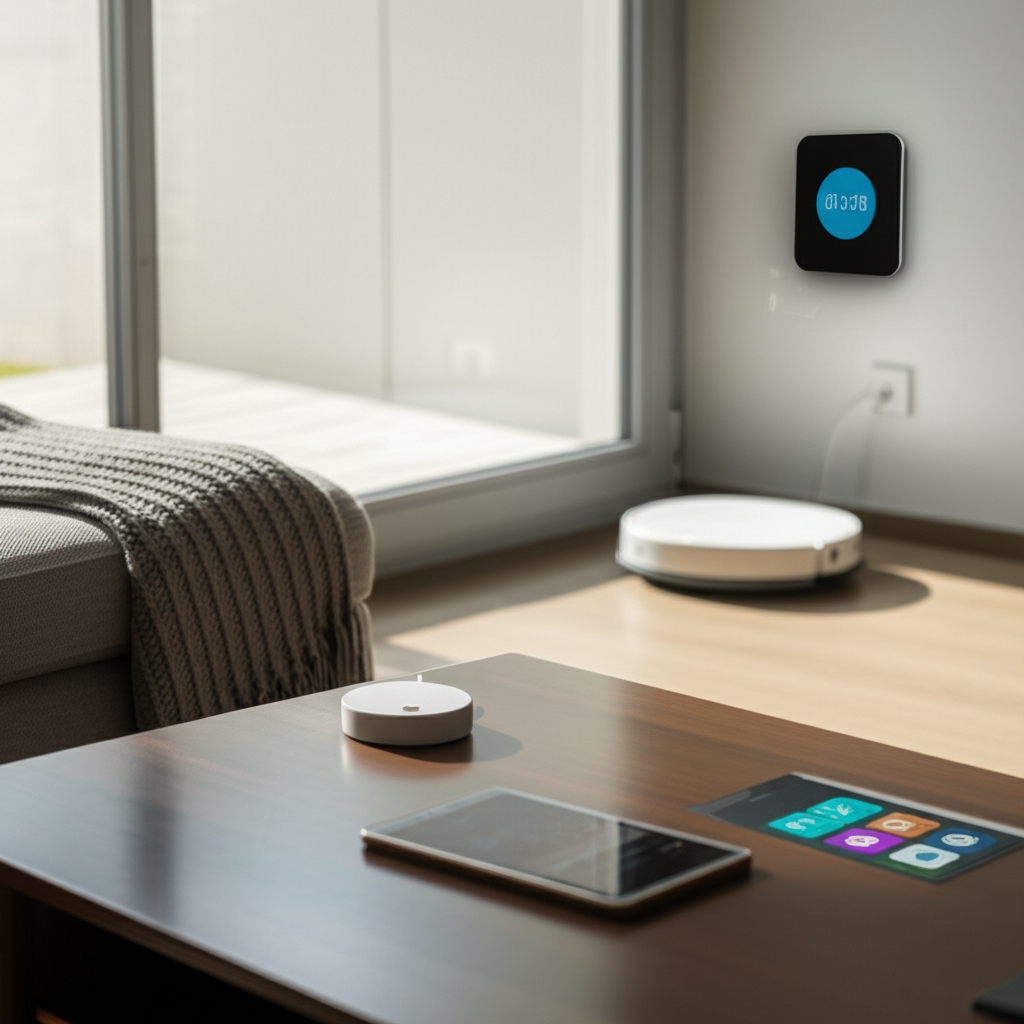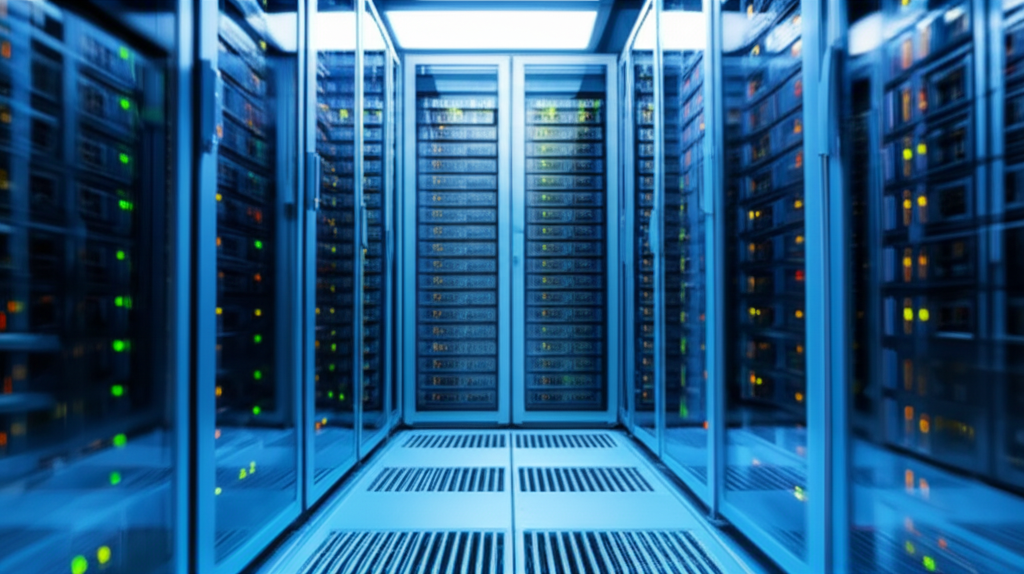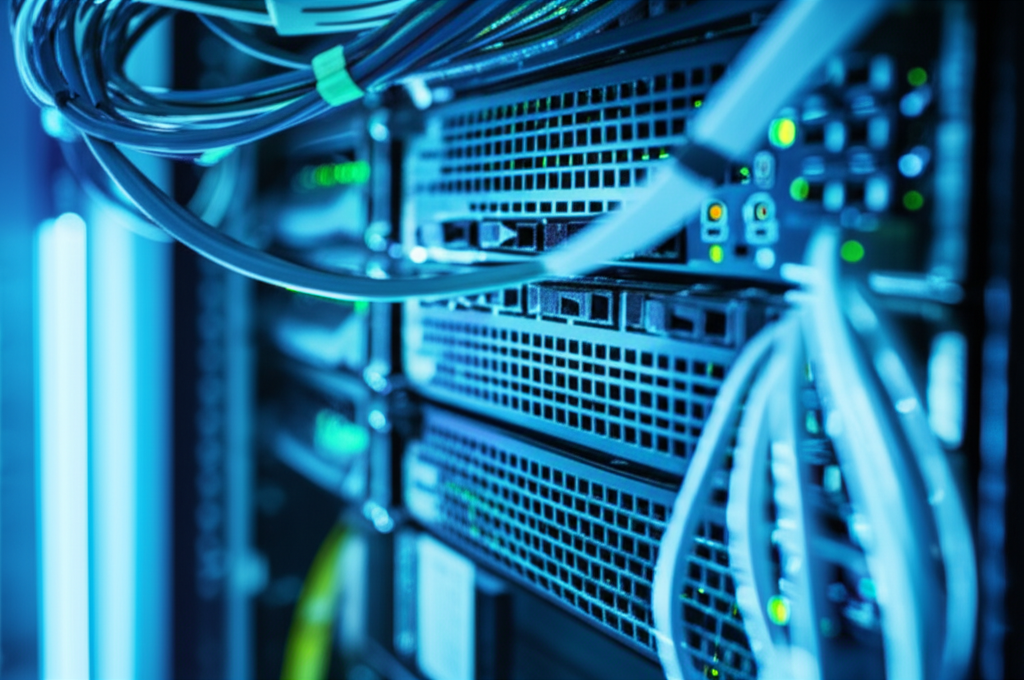
Meta Description: Step into 2025 with our comprehensive guide to home automation! Discover how to transform your living space into a smart, efficient, and comfortable haven.
Understanding the Rise of Home Automation
Home automation is no longer a futuristic fantasy; it’s a present-day reality transforming how we live. In 2025, we’re seeing a widespread adoption of interconnected devices and systems designed to streamline daily tasks and enhance comfort. This guide will walk you through the essentials of home automation, helping you create a smart home tailored to your needs.
The increasing affordability and user-friendliness of smart devices are key drivers behind this surge. Coupled with advancements in AI and IoT, home automation is becoming more accessible and powerful than ever before. Whether you’re looking to optimize energy consumption, boost security, or simply make life easier, home automation offers a range of solutions.
Key Components of a Smart Home System
Building a smart home involves integrating various components that work together seamlessly. Understanding these core elements is crucial for effective home automation.
Smart Hubs and Controllers
At the heart of any smart home is a central hub or controller. These devices act as the brain of your system, coordinating communication between all connected devices. Popular options include:
– Amazon Echo (with Alexa): A versatile option that supports voice commands and integrates with a vast ecosystem of devices.
– Google Nest Hub: Known for its seamless integration with Google services and user-friendly interface.
– Apple HomePod: Ideal for Apple enthusiasts, offering robust integration with iOS devices and Siri.
Choosing the right hub depends on your preferred ecosystem, the devices you plan to use, and your comfort level with different voice assistants.
Smart Devices and Appliances
The range of smart devices available for home automation is constantly expanding. Some of the most common include:
– Smart Lighting: Control your lights remotely, set schedules, and even adjust brightness and color to create the perfect ambiance.
– Smart Thermostats: Optimize your home’s temperature for comfort and energy efficiency, learning your preferences over time.
– Smart Security Systems: Monitor your home with smart cameras, door sensors, and motion detectors, receiving alerts on your smartphone.
– Smart Appliances: Control your refrigerator, washing machine, and oven remotely, making household chores more convenient.
These devices connect to your home network and can be controlled via your smart hub or dedicated apps.
Connectivity and Protocols
Effective home automation relies on reliable connectivity and standardized communication protocols. Common protocols include:
– Wi-Fi: The most ubiquitous option, allowing devices to connect to your home network.
– Bluetooth: Useful for short-range connections and direct device control.
– Zigbee and Z-Wave: Mesh networking protocols designed specifically for smart home devices, offering improved range and reliability.
Consider the connectivity options supported by your smart hub and devices to ensure compatibility and optimal performance.
Implementing Home Automation: A Step-by-Step Guide
Ready to transform your home? Here’s a step-by-step guide to implementing home automation:
1. Define Your Goals: Start by identifying your priorities. Do you want to improve security, save energy, or simply enhance convenience? Understanding your goals will help you choose the right devices and systems.
2. Choose a Smart Hub: Select a smart hub that aligns with your preferred ecosystem and devices. Consider factors like compatibility, ease of use, and features.
3. Start Small: Begin with a few key devices, such as smart lights or a smart thermostat. This allows you to get familiar with the technology and gradually expand your system.
4. Connect and Configure Devices: Follow the manufacturer’s instructions to connect your devices to your smart hub and configure them according to your preferences.
5. Create Routines and Automations: Leverage the power of home automation by creating routines and automations that streamline your daily tasks. For example, you can set your lights to turn on automatically at sunset or program your thermostat to adjust the temperature based on your schedule.
6. Monitor and Adjust: Regularly monitor your smart home system to ensure it’s functioning properly and making the desired impact. Adjust your settings and routines as needed to optimize performance.
Benefits of Home Automation in 2025
The advantages of embracing home automation are numerous and impactful.
– Enhanced Security: Smart security systems provide real-time monitoring and alerts, deterring intruders and offering peace of mind. According to a study by the National Burglar & Fire Alarm Association, homes with security systems are up to 300% less likely to be burglarized.
– Energy Efficiency: Smart thermostats and lighting systems optimize energy consumption, reducing your carbon footprint and lowering your utility bills.
– Increased Convenience: Automate daily tasks and control your home from anywhere, freeing up your time and simplifying your life.
– Improved Comfort: Create personalized environments with smart lighting, temperature control, and entertainment systems, enhancing your overall comfort and well-being.
– Accessibility: Home automation can greatly improve the quality of life for individuals with disabilities or mobility issues, providing greater independence and control.
As technology continues to evolve, the benefits of home automation will only become more pronounced.
Future Trends in Home Automation
Looking ahead, several exciting trends are shaping the future of home automation.
– AI and Machine Learning: AI-powered systems will become even more intelligent and proactive, anticipating your needs and optimizing your home environment automatically.
– Enhanced Voice Control: Voice assistants will become more sophisticated, understanding complex commands and providing more natural and intuitive interactions.
– Integration with Wearable Devices: Smart home systems will increasingly integrate with wearable devices, allowing you to control your home with gestures or biometrics.
– Edge Computing: Processing data locally on smart devices will improve response times and enhance privacy.
These trends promise to make home automation even more seamless, personalized, and impactful in the years to come.
For example, Gartner predicts that by 2025, over 20 billion IoT devices will be in use worldwide, many of which will be integrated into smart home systems. [https://www.gartner.com/en/newsroom/press-releases/2017-02-07-gartner-says-8-point-4-billion-connected-things-will-be-in-use-in-2017-up-31-percent-from-2016]
Making the Smart Choice for Your Home
Embracing home automation in 2025 is about more than just adopting new technology; it’s about creating a living space that is safer, more efficient, and more attuned to your needs. By understanding the key components, following a strategic implementation plan, and staying informed about future trends, you can transform your home into a smart, connected haven. From enhancing security to boosting energy efficiency and simplifying daily tasks, the possibilities of home automation are truly limitless. Take the first step toward a smarter future today!
For more insights or collaboration opportunities, visit www.agentcircle.ai.






